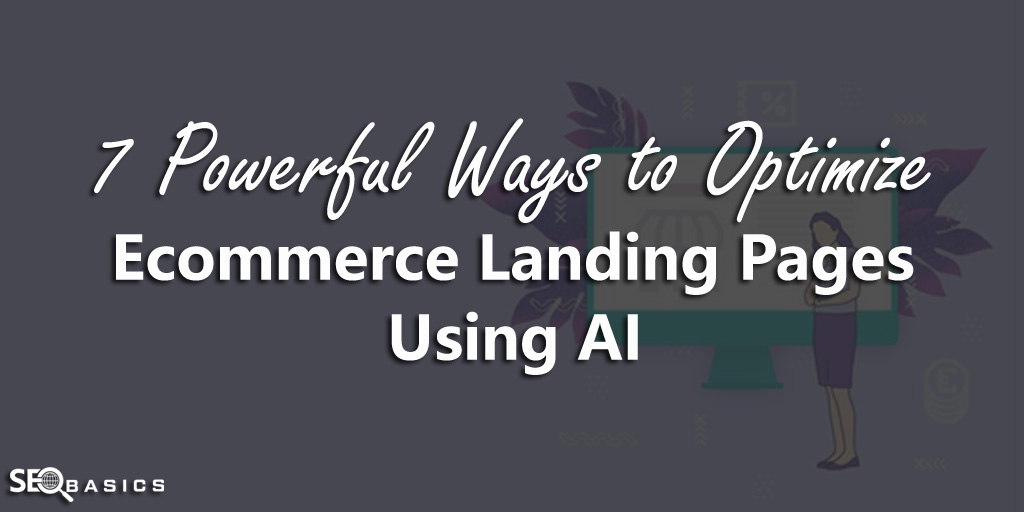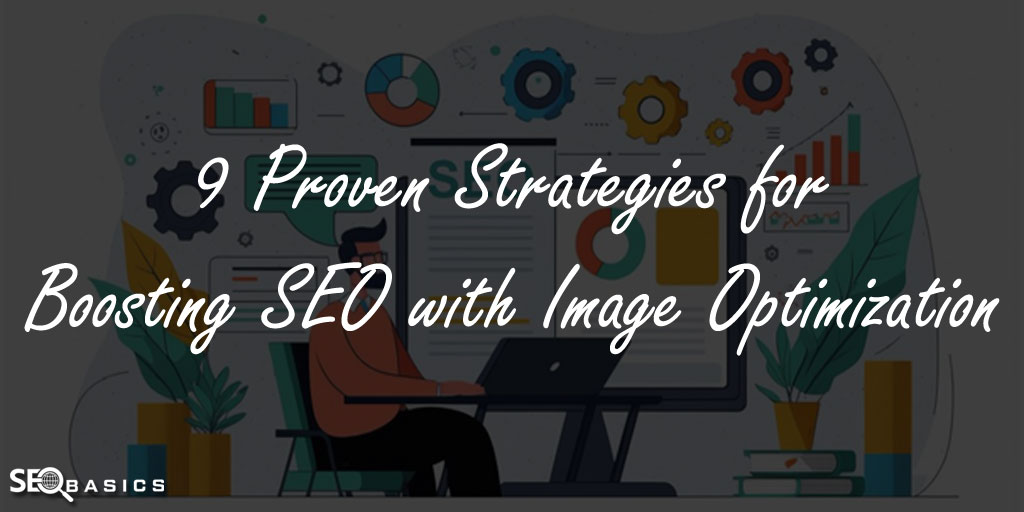One major error made in SEO is approaching all websites the same way.
We throw around phrases such as ranking factors and strategies as if all brands are the same.
But every business is unique, and its SEO strategy should reflect that difference.
Just like a doctor wouldn’t prescribe the same drug to every patient, you need to follow different approaches for the SEO of different business models and site types.
Sticking to the analogy, every human has commonalities like a circulatory system or a heart.
And in the same light, all websites have a landing page or an internal linking system.
But things get different from there.
A great example is how we call blog content the king of SEO; however, would a brand like Amazon start up a blog and hire tons of writers to boost its business?
Absolutely not!
Because different sites require unique approaches to search optimization.
They’d instead focus on boosting product and category pages.
We measure everything in SEO by the same yardstick, but Google and its strong machine learning algorithms do not. Google’s attention to user intent requires that we give a custom approach to SEO.
In fact, research from Searchmetrics reveals that there are different ranking factors for each industry.
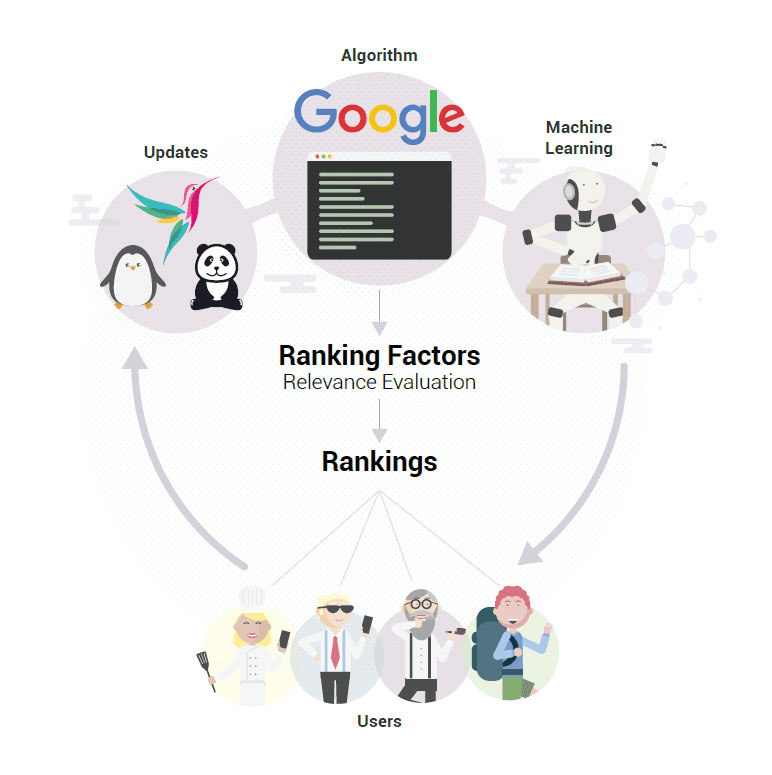
Meaning ranking factors are industry-specific or query-specific.
And it makes perfect sense. Why wouldn’t Google weigh ranking factors per industry with users having varying expectations per business?
A clothing brand needs to have a wide selection range, and a bank needs privacy and security.
So why wouldn’t website speed matter more for eCommerce websites and SSL encryption for finance sites?
Ranking factors are unique to an industry, and you must customize your SEO strategy to meet your business model.
So in this article, we will outline what SEO strategies make the most sense for each business model.
Let’s get into it.
Brick and Mortar SEO
Local brick and mortar businesses have always depended on physical approaches to attract customers.
But as soon as the smartphone craze began, business strategies shifted.
People rely on the web for almost everything now, including a perception of your local store.
In fact, Hubspot reports that 89% of people look for a local business on their smartphone at least once every week, and 28% of local searches convert to sales.

Meaning that you will lose a large portion of potential customers if your local brick and mortar store isn’t easily identifiable online.
Google understands this and introduced into their ranking algorithms various ways for brick and mortar retailers or service providers to reach local customers online with the right optimization.
The first way is the local pack ranking. This ranking appears at the top of the SERP with a map showing the locations of the ranked businesses like this:

We can term the position “0” because the local pack rank results show above all organic listings.
It’s a huge win to be one of those companies in the pack.
Just below the pack results, you can see the regular local organic results:

While the exact formula Google uses to decide what business ranks in the local pack isn’t out there, a study from Moz found some approximate ranking factors lined up by importance:

Here are a few steps to take for Local SEO:
-
Optimize Your Google My Business: While your Google My Business signals may not appear to affect the organic rank of your website, they account for about 1/5th of your local pack rank. It’s super easy to implement, so there’s a recommendation for businesses to start here.
-
Ensure Your NAP isn’t Inconsistent: Your NAP (Name, Address, Phone Number) has to be consistent across the internet. The consistency helps Google’s crawlers to credit you for each review, mention, and backlink they find online.
-
You can start by ensuring your number on your website is consistent. Then go through local listings like TripAdvisor and Yelp. You can also check your community pages.
-
Use SEO Tools to Discover Missing Local Citation and Link Opportunities: A tool like Moz local, for example, offers a free search that checks the top online directories to make sure your company has consistent and complete information in listings.
-
The tool lets you know if your NAP information is inconsistent and gives advice on how to boost your company’s listing with strategies such as more photos or including a category tag.
-
Most people prefer to check these directories first to locate local businesses, so if your details are consistent, it helps build customer trust and contact.
ECommerce SEO
Most people get eCommerce SEO all wrong by trying to rank for super competitive terms.
For example, look at the keyword men’s clothing:

See the competition:
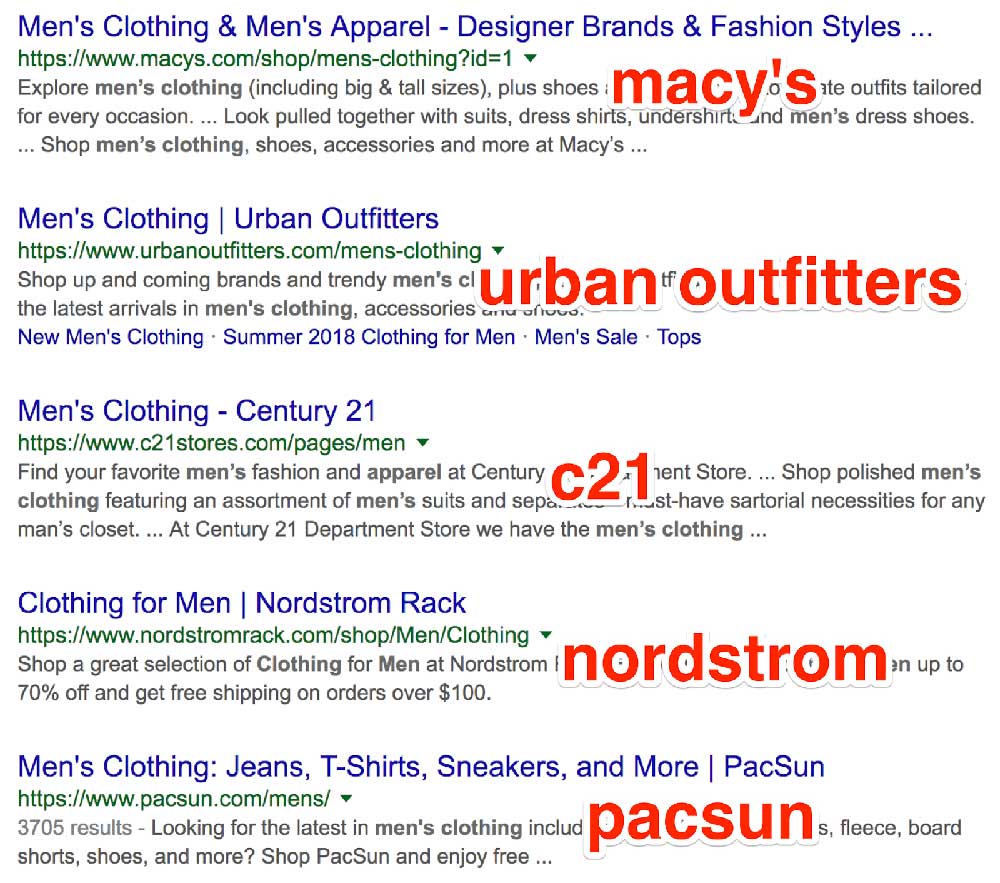
If you’re just starting out, it’s not workable to believe that you can outrank these major brands on those keywords.
So the trick is finding terms less competitive and rank your product and category pages with them.
First, use this code to find your site map: yourdomain.com/sitemap.xml
Next, use a keyword research tool like SEMRush to find what each page is ranking for.
Locate a head keyword, which is a term you’re already ranking for with one or some of your pages.
Check the search intent of the keyword chosen.
For instance, if the pages ranking for that term in the SERPS are blog posts, trying to rank a product or category page for that search intent won’t work.
If it’s product or category pages that fill up 86% of the SERP, then that’s a sign people searching for that keyword are interested in such pages, not blog posts.
You can use long-tail keywords once you confirm that the search intent with the original keyword and the long term are the same.
Beside locating relevant keywords for your product and category pages, you also need to write unique and long descriptions for each product or the most important ones if you have a lot of products listed.
Some other aspects to focus on:
-
Don’t use generic templates for your meta title, H1, and Descriptions. Write unique texts for the important pages, and for the rest, you can use a template.
-
Your website should be “https” as Google confirms that eCommerce sites with encryption get a boost in rank.
-
Optimize your URLs. ECommerce URLs can get messy:

So you may want to use this approach for your URLs:

-
Try to keep the URLs of crucial pages clear enough for the reader.
-
Add a blog. Blogging helps aid your organic listings and puts yours in front of potential buyers who are seeking information first before making up their minds on a product. Plus, it’s easier to market and build backlinks to informational content than product or category pages.
SaaS SEO
For SaaS companies, content is king. Content marketing is powerful for SaaS brands because most customers interested in their offers seek information about the business first.
As a SaaS company, you can literally use SEO content for everything, including brand awareness, rankings, traffic, and your origin story.
As we saw earlier, it’s also easier to garner backlinks with informational content.
Craft content around what your solution handles.
Content marketing also has another benefit beyond just ranking.
As a SaaS brand, you are definitely interested in building revenue beyond anything else, and with quality content, a lot of channels open up to achieve this.
A good example is building an email list from your readers and reaching out to them from time to time.
Zapier does this excellently with the Zapier blog.
They include calls to actions that revolve around the subject of the blog.
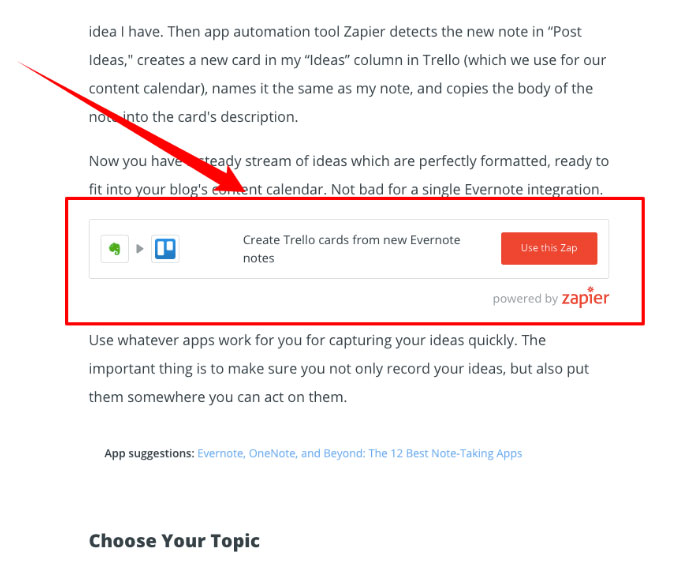
In fact, Nick Jordan could turn Campus Reel’s monthly traffic from 1000 to over 100k in just 12 months by introducing written content to their site, which predominantly consisted of video content.
All he did was turn the videos to text, optimize the text, and Campus Reel got a massive boost in rank.
SEO for Service Providers
Google is big on user satisfaction, and most times, people leave blog posts or informational content of service providers unsatisfied.
The reason is that most service providers like software developers use a lot of technical jargon to explain their position or solution like they’re writing for other developers.
But customers want a solution that can fix their pain point.
So for ensuring user satisfaction, craft your content to be both understandable to customers and relevant to their needs.
As a service provider, your focus when designing your SEO strategy should be user satisfaction.
The entire goal of your business is to offer a solution to a need.
If your SEO strategy doesn’t achieve that as well to web visitors, you’re sending Google a wrong message.
Conclusion
SEO differs just as business models do. Knowing how to shift your search optimization strategy to align with your business model is the winning strategy.
Follow the tips given in this piece based on your type of company and watch your rankings and revenue rise.
If you have additional tips or questions, please leave a comment below.






